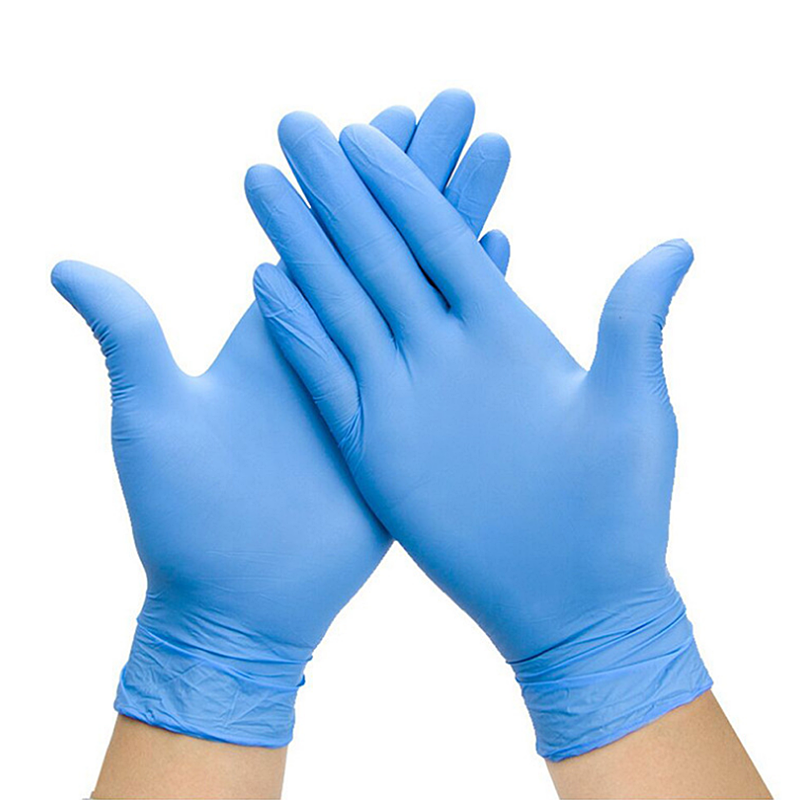The method of drug classification is based on the gradual deepening of people’s understanding of drugs.
For example, China's earliest medicinal book, the Shennongboshi Classic, divided the 365 kinds of drugs commonly used at that time into upper, middle, and lower products according to the strength of toxicity and the purpose of drug use:
Top grade is longevity drug, non-toxic, more Jiufu Jiufu not hurt;
Zhongpin is a disease-preventing and tonic medicine, toxic and non-toxic, depending on usage;
The next product is a drug that cures the disease, more toxic, can not Jiufu.
This classification method is simple and crude, and the classification of some drugs may not be appropriate. However, at the time, it may have played a role in avoiding the problem of poisoning with wrong drugs. When Liang Hong Tao Jing edited “Ben Cao Jing Ji Zhuâ€, 365 kinds of drugs were added, which were divided into jade, grass, wood, fruit and vegetable, rice food, and famous six categories. Each category was divided into upper, middle and lower grades. This was based on drugs. The beginning of the classification of natural attributes, but still rough. Until the Ming Dynasty Li Shizhen compiled the book "Compendium of Materia Medica," the classification method has undergone major development. He used a slightly modified method based on the previous classification of herbs and divided the medicine into water, fire, earth, stone, grass, grain, vegetables, fruit, wood, utensils, insects, scales, media, birds, beasts, and humans. In addition to the six ministries, the medicines of each department were divided into sixty categories according to their ecology and nature. For example, part of the grass is mountain grass, grass, grass, poisonous grass, creeping grass, water grass, stone grass, moss, weeds and so on. And he also tends to group plants with similar or similar families. For example, of the 53 grasses, 53 of the grasses, 21 are of the Asteraceae family, and 10 of them are in a row. . This classification method is helpful for the identification and harvesting of the original plant (or animal) of medicinal materials, and has played a significant role in clarifying the confusion of many medicinal materials. The classification methods used in modern textbooks for recording Chinese herbal medicine vary according to their purposes and priorities. The following four main methods are used:
1, according to drug function classification - such as antidote, heat medicine, qi medicine, blood circulation drugs.
2, according to the medicinal classification - such as roots, leaves, flowers, skin and so on.
3, according to the classification of active ingredients - such as herbal medicines containing alkaloids, Chinese herbal medicines containing volatile oils, Chinese herbal medicines containing germanium.
4. Classification according to natural attributes and kinship—first classify Chinese herbal medicine into plant medicine, animal medicine and mineral medicine. The animal and plant herbs are then sorted and ranked according to the phylogenetic relationship of the original plant animal. Such as Ephedrae, Magnoliaceae, Ranunculaceae and so on.
Each of the above classification methods has its own advantages and disadvantages. Which classification method is more appropriate depends on our purpose and requirements. For example, according to the classification of drug function, it is beneficial to study and study the role and use of Chinese herbal medicines. According to the classification of medicinal parts, it is easy to learn and compare the external morphology and internal structure of various medicinal materials, which is beneficial to the trait identification and microscopic identification of medicinal materials; Component classification is conducive to learning and studying the active ingredients of Chinese herbal medicine and its chemical identification. The method of categorizing according to the natural properties and phylogenetic relationships of medicinal materials is due to the fact that there are often many similarities in the external morphology, internal structure, chemical composition, and medical applications of the Chinese medicinal herbs of the same family. The use of this classification method not only facilitates the study and study of these common points, but also facilitates the comparison of their specific points to reveal their regularity. In this way, it is not only beneficial to the identification of Chinese herbal medicine, but also helps to find the same or from the same plants and animals. Similar ingredients of plants and animals to expand drug resources.
Pure Nitrile Gloves is an artificial rubber, mainly made of acrylonitrile and butadiene. It is a key material for organic synthesis and pharmaceutical intermediates.Types of nitrile gloves can be divided into palm cotton non-slip, hand tip non-slip, whole non-slip, generally without powder.Nitrile gloves do not contain proteins, amino compounds and other harmful substances, and are rarely allergic.Nitrile gloves are biodegradable, easy to handle and environmentally friendly.Nitrile gloves are three to five times more punctured than latex, and for dentists who need sharp tools, durable nitrile gloves provide a safer barrier to contact with the patient.

Disposable Examination Nitrile Gloves,Disposable Nitrile Gloves,Nitrile Gloves,Disposable Latex Gloves
Dongguan Maimeng Culture and Creative Co. Ltd , https://www.factorydirectmask.com